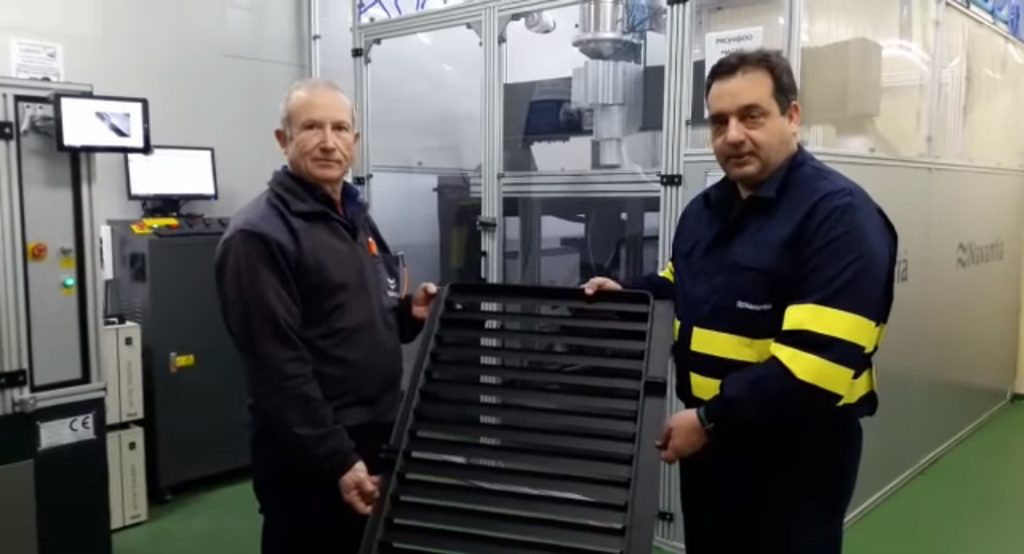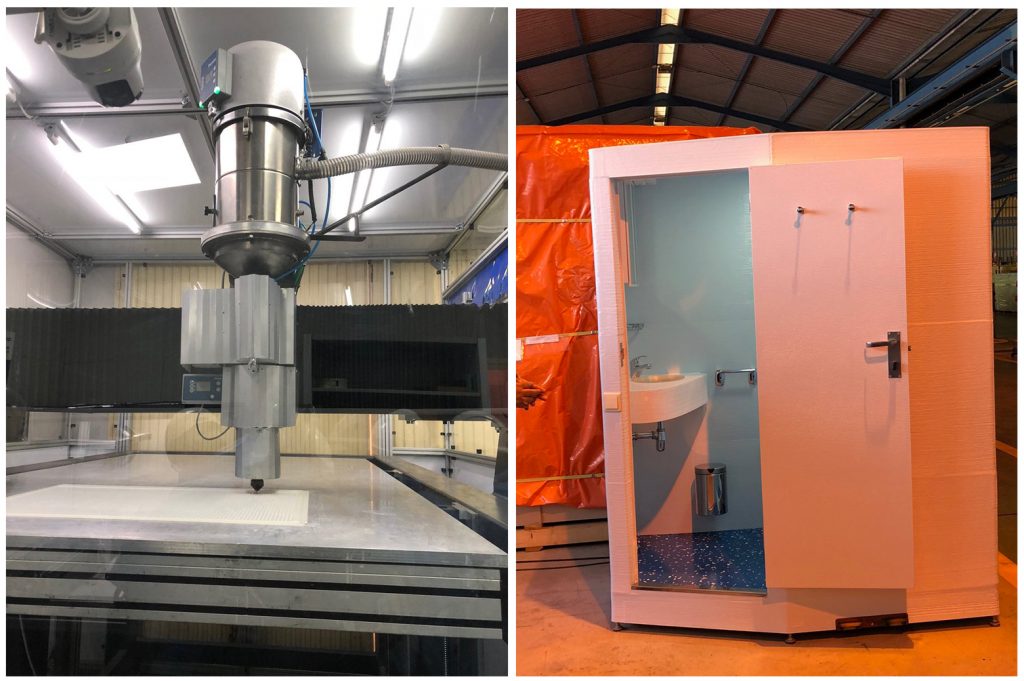3D printing for ships is gaining steam. In the U.S., the navy is holding a number of trials for both offshore and yard-based tooling and also investigating 3D printing spare parts. And wire-arc additive manufacturing (WAAM) has become increasingly used in the Netherlands for producing large, sea-faring and rig components.
Now, Spanish ship builder Navantia has launched a 3D printed parts trial aboard the Monte Udala Suezmax oil tanker.

The unlimited ship
Suezmax tankers are built to the largest ship measurements capable of transiting Egypt’s Suez Canal. While not constrained by length, Suezmax tankers are typically 50 meters wide, and can be up to 68 meters tall.
In 2015, Navantia was commissioned by Ondimar to build four of these supertankers to specifications of 274 m by 48 m (L x W). Looking for ways to innovate the process, Navantia is collaborating with the INNANOMAT (Materials and Nanotechnology Innovation) lab at the University of Cádiz (UCA).
3D printing leads to substantial savings
With UCA, Navantia has developed a purpose-built 3D printer, the S-Discovery, for making large-scale boat parts. As a trial run, the company has 3D printed two grills for the Monte Udala’s ventilation system.

3.5 kilos of carbon fiber reinforced ABS now now replaces 25 kilos of stainless steel. Lead time for the part is cut from 5 days to just 3 hours. And the new part costs only $122 to make, a 17% improvement on its steel equivalent.
In addition to the trial, Navantia has two other R & D projects in the pipeline with UCA. In the 3DCabin project, Navantia has 3D printed a modular toilet unit that can be assembled from 5 parts. The cabin would typically cost the company over $6,000 to build, but the 3D printed unit is only around $3,600.
As we reported recently, 3D printed toilet units are also at the center of a response to a major healthcare challenge.

A third project, named Adibuque, seeks to consolidate the process and better integrate it within the company’s supply-chain.
Víctor Casal, lead of 3D printing projects at Navantia, comments, “…we have detected a significant increase in work in relation to the application of additive manufacturing in the naval sector,”
“Now we must promote the realization of collaborative R & D & I projects with our auxiliary industries, in order to put our naval sector in its rightful place.”
Shipyard 4.0
3D printing is part of a large “Shipyard 4.0” initiative at Navantia. Though still in its early stages, Pablo López, director of Navantia shipyard Puerto Real where the 3D printed grills were made, explains, “Navantia is firmly committed to being a sustainable company in the naval, strategic and international industry, developing competitive naval programs,”
“Shipyard 4.0 has clear objectives of reducing costs, deadlines and increasing quality in our products and processes, to achieve the competitive sustainability of the company.”
In addition to 3D printing, the company will also be considering how robotics, artificial intelligence (AI), augmented reality (AR) and advanced simulation can contribute to the shipbuilding process.
“The projects and initiatives underway make it possible to visualize the potential that this line of work has for itself and in the whole of Navantia’s commitment to the Shipyard 4.0 model,” Lopez adds,
“it can be foreseen that this technology has come to stay and be part of our productive fabric in the near future.”
The 3D printed grills will be tested for corrosion rate and inflammability aboard the Monte Udala in February 2018.
Never miss another story – subscribe to the 3D Printing Industry newsletter, follow us on Twitter, and like us on Facebook.
Nominate the best additive manufacturing applications in the 2018 3D Printing Industry Awards.
Featured image shows the Monte Udala supertanker. Photo via Navantia



